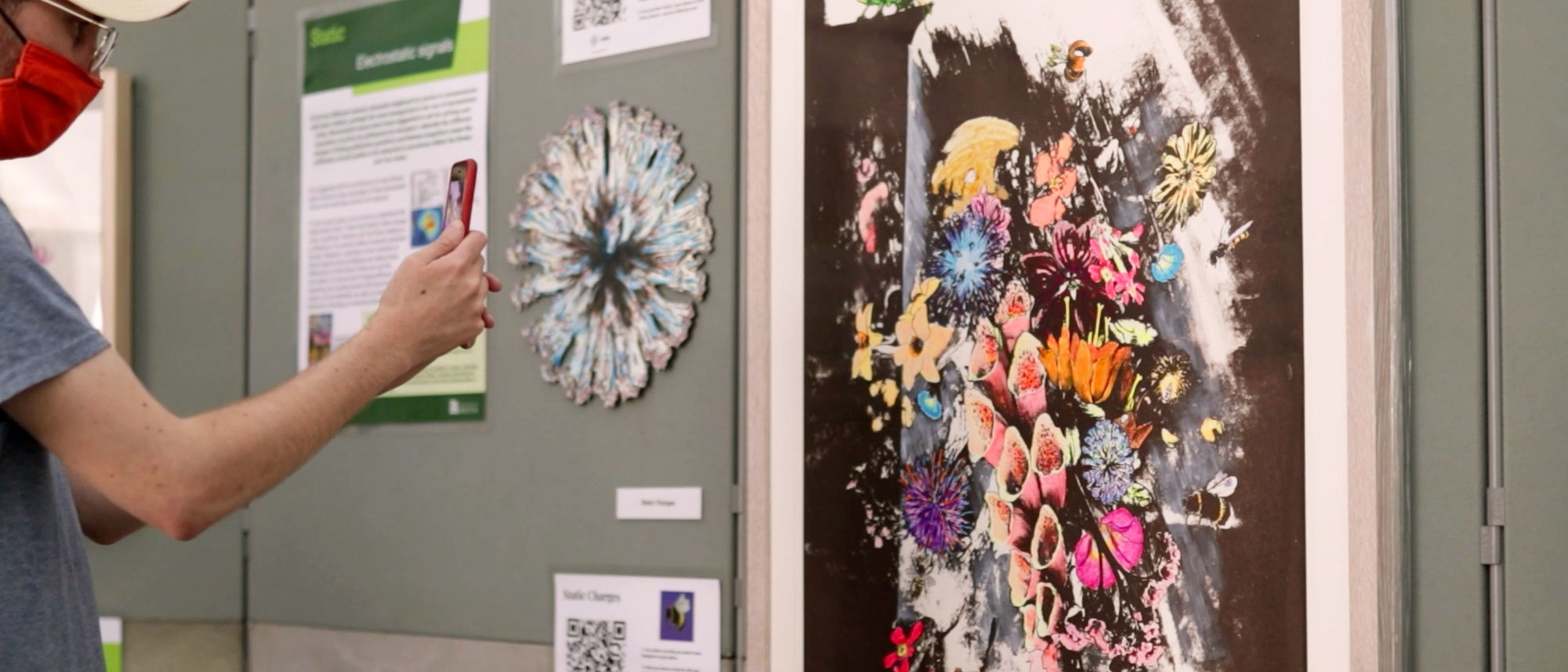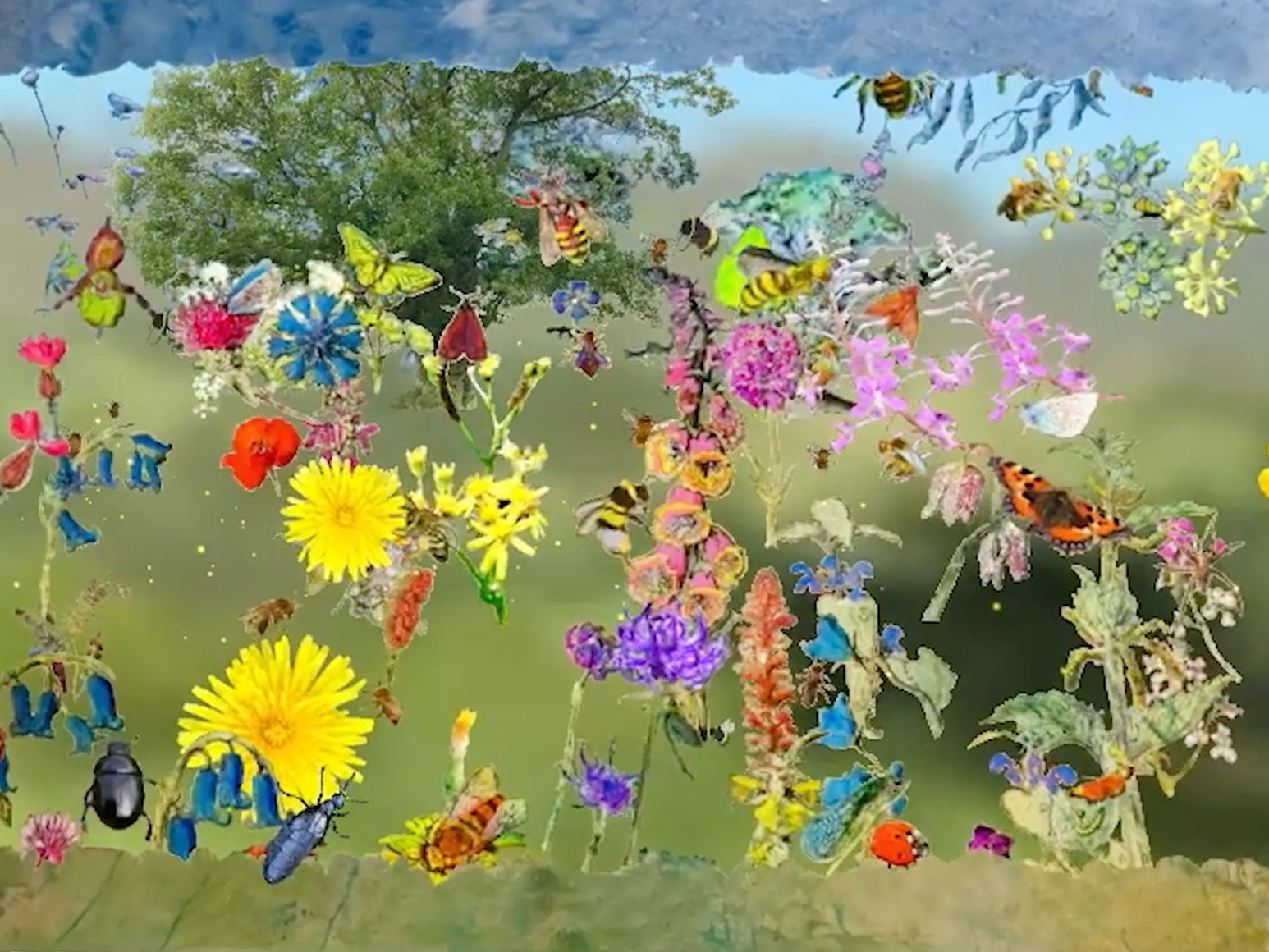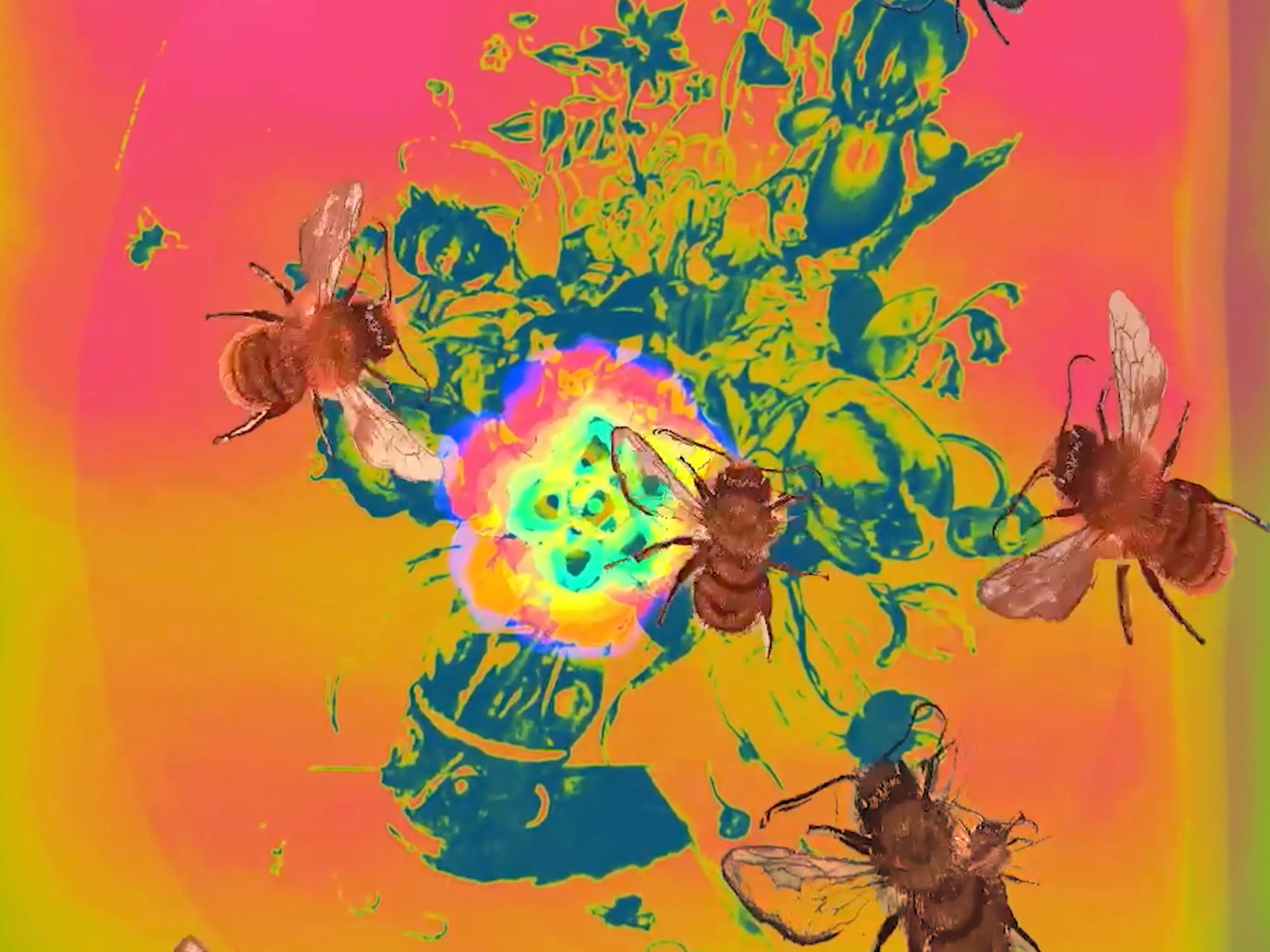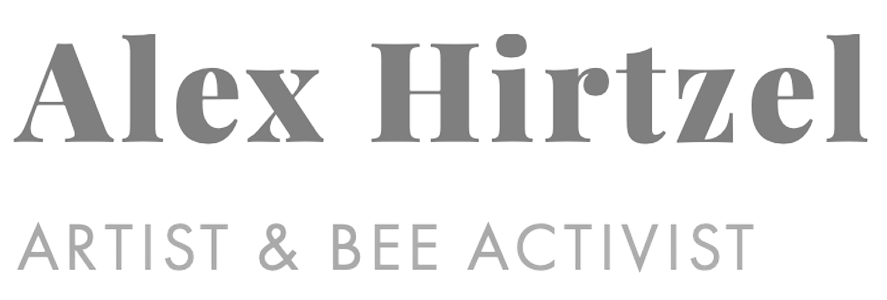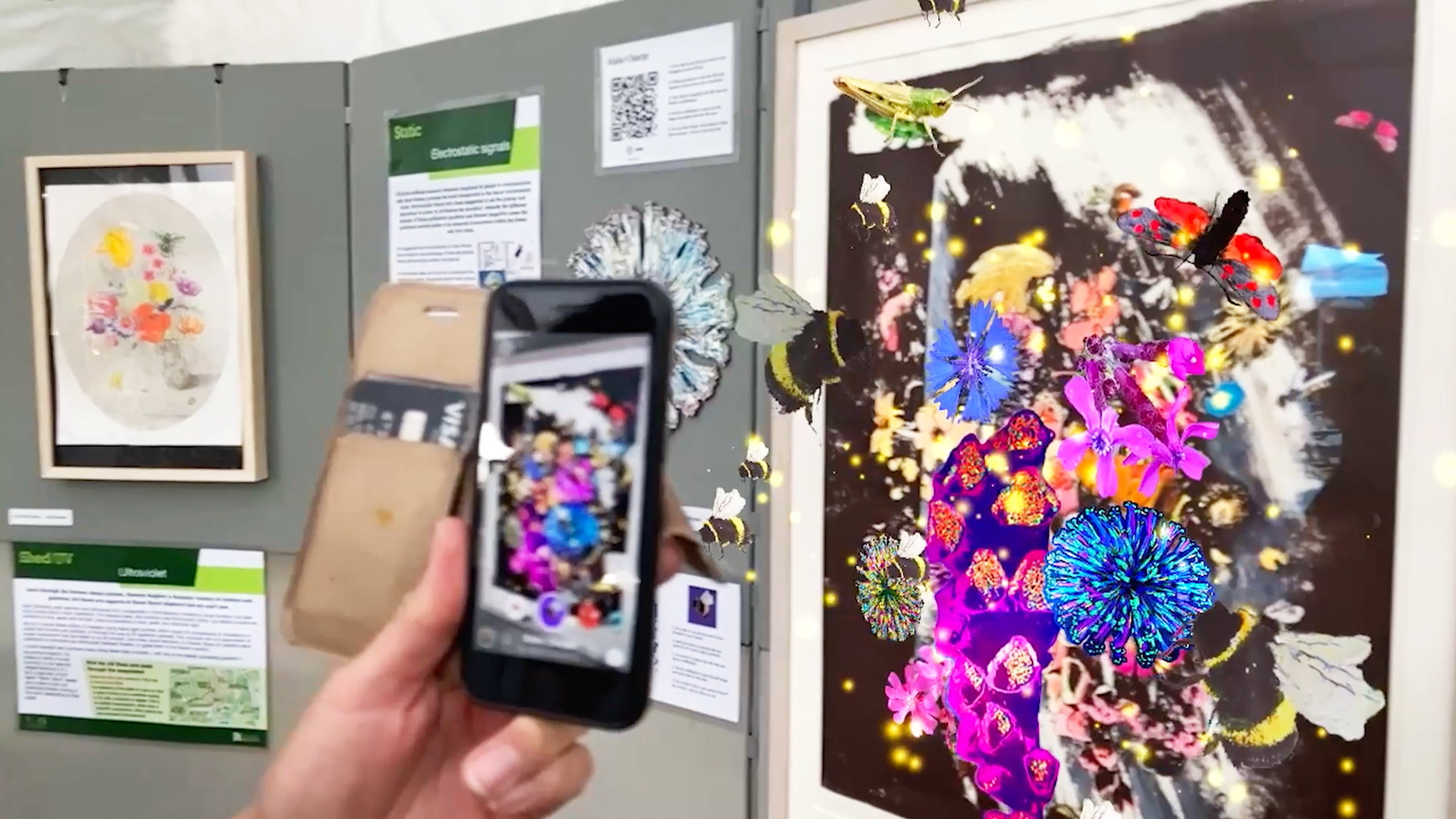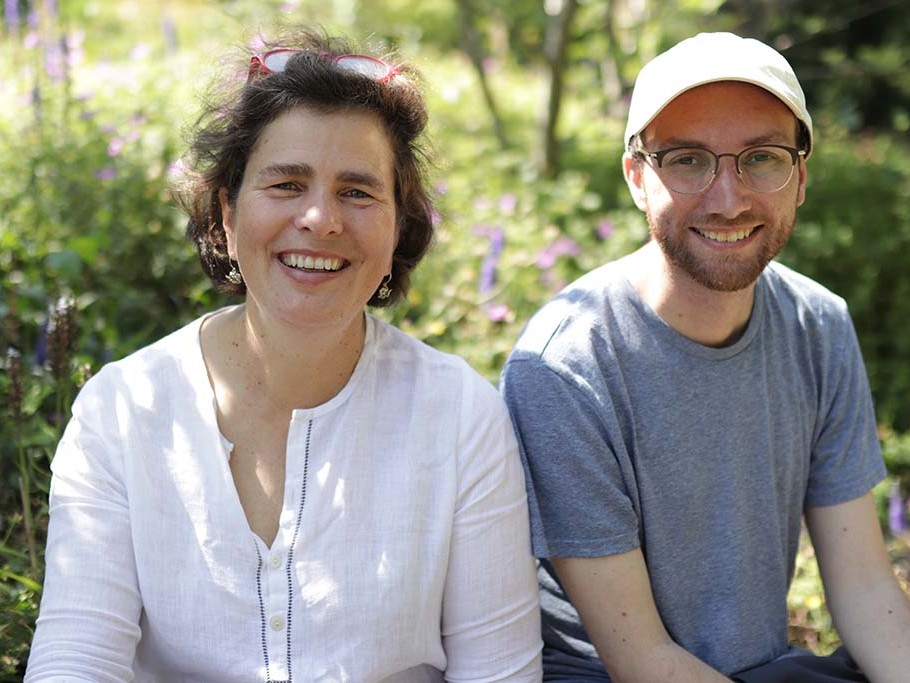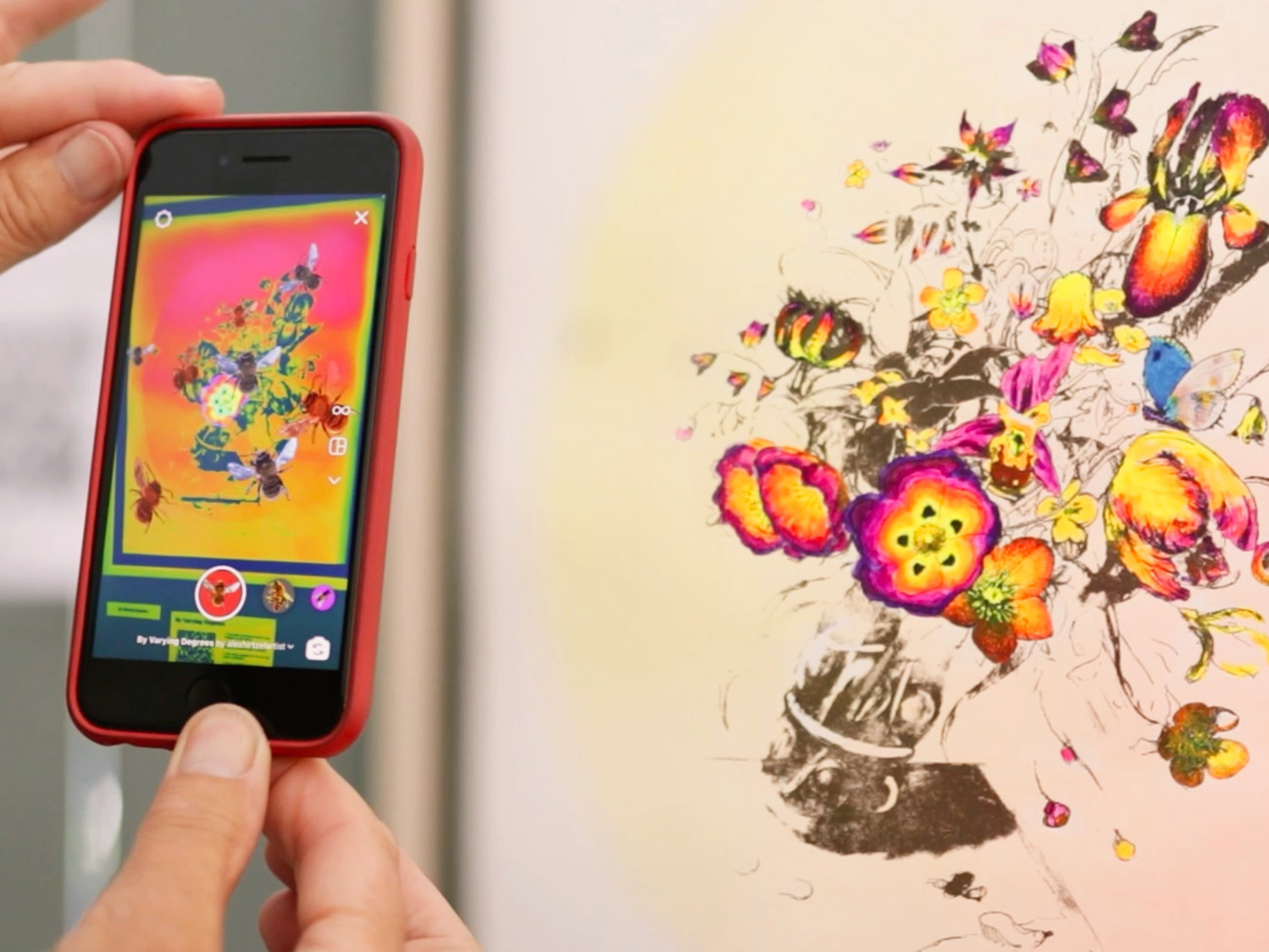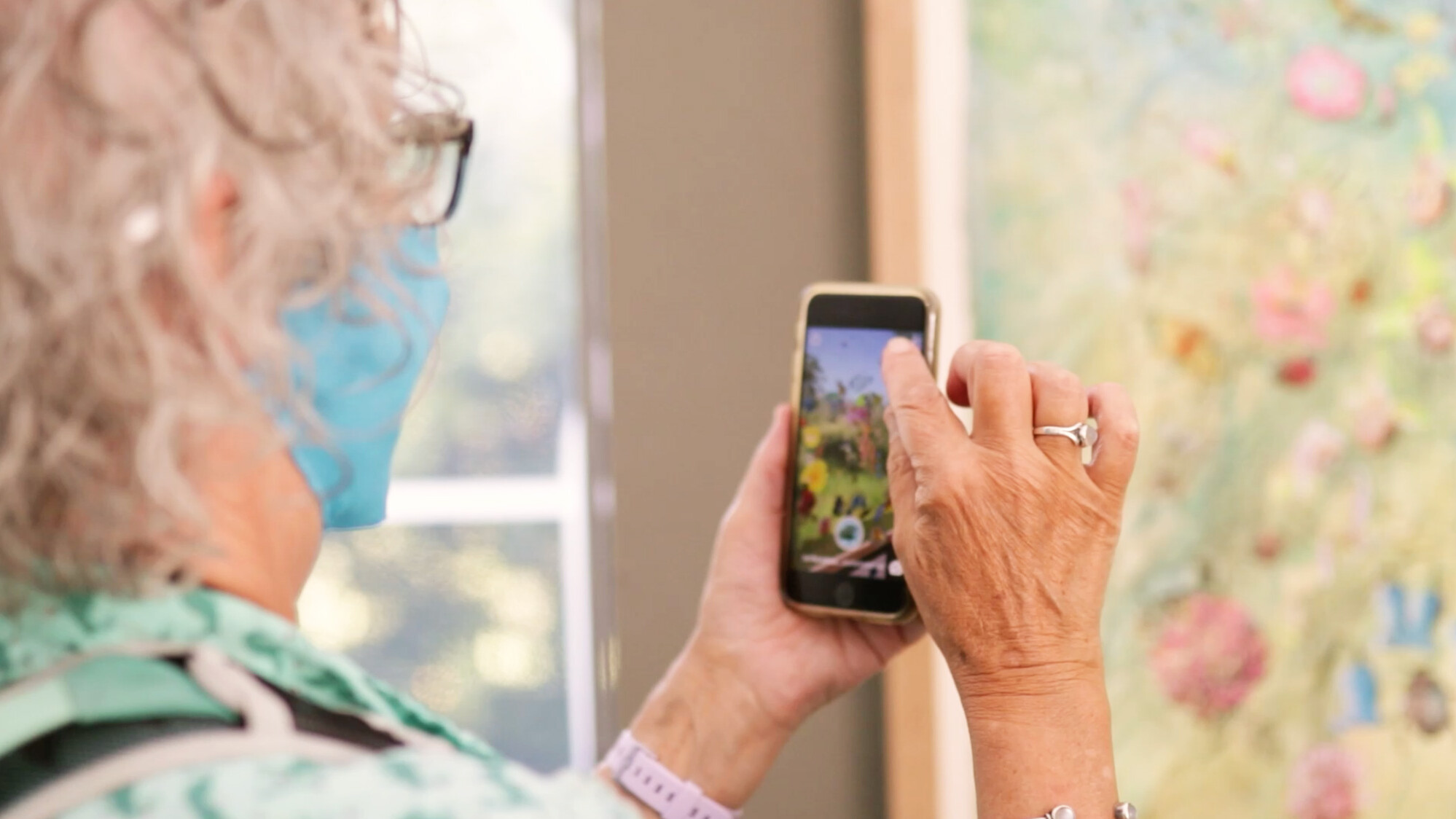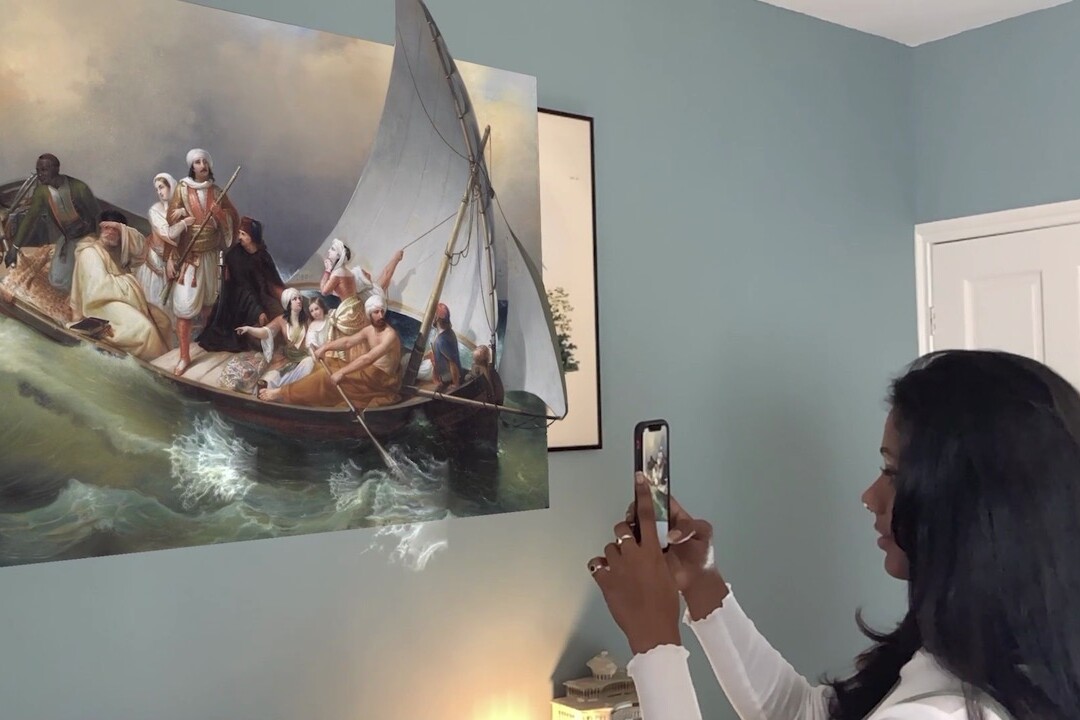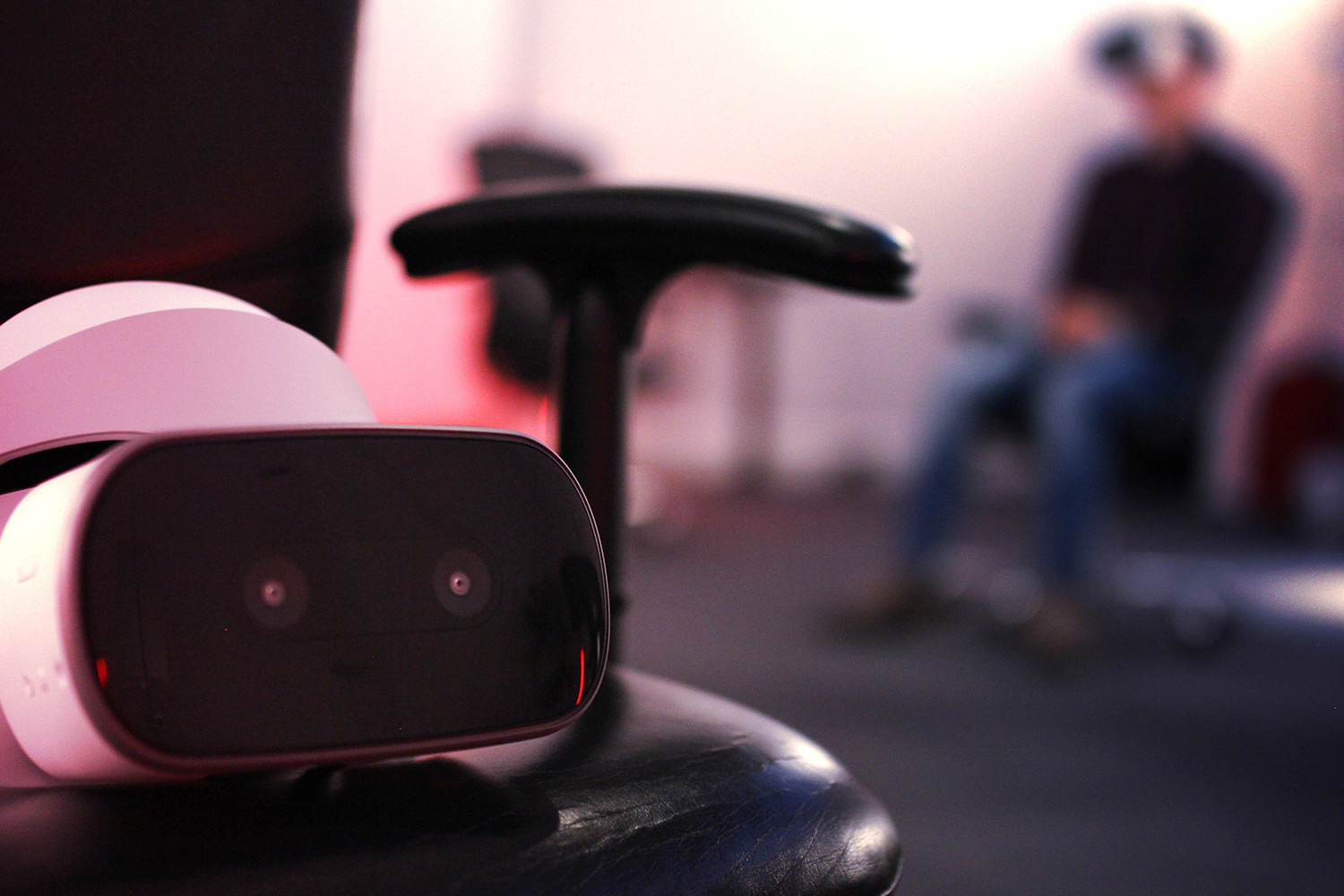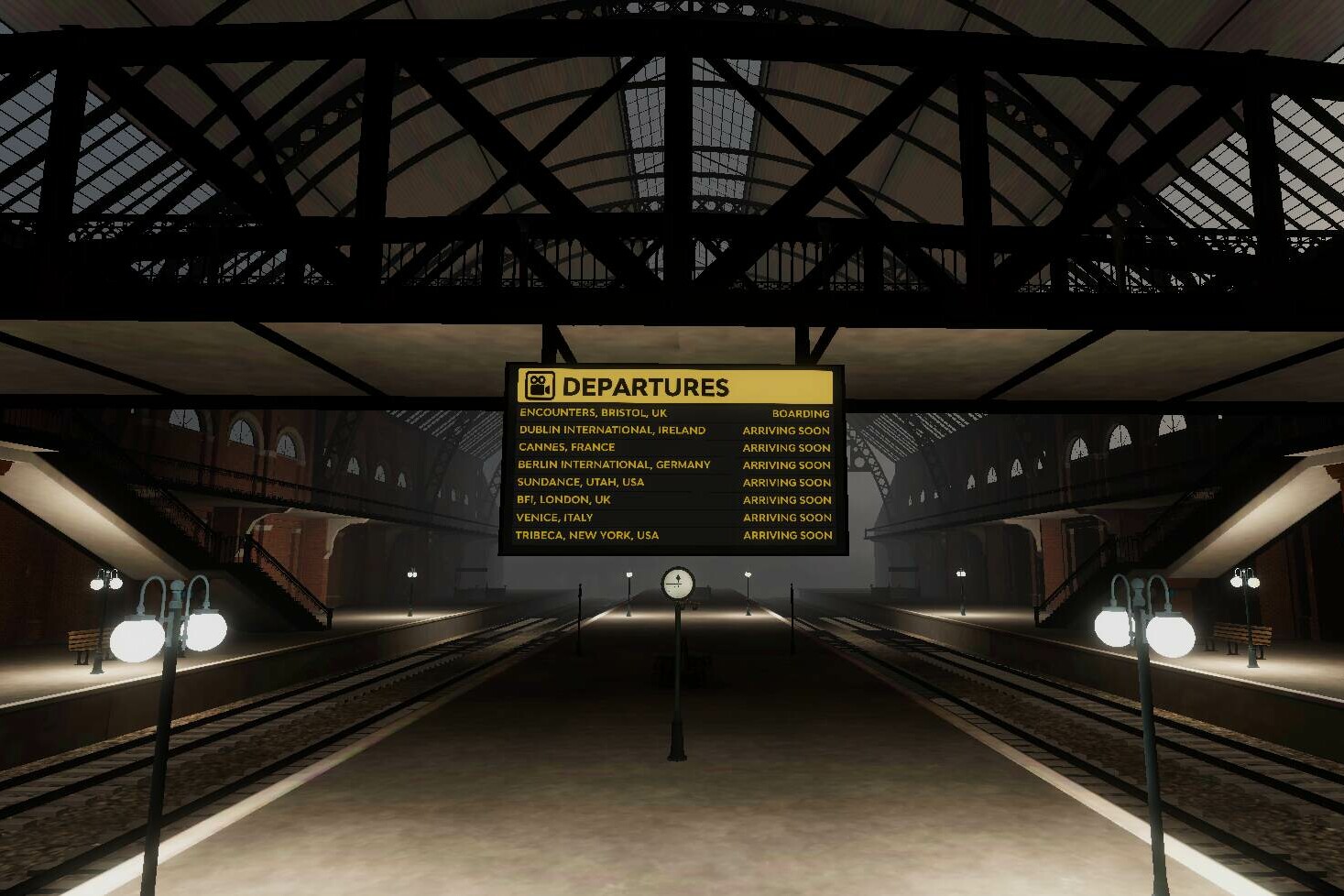We use AR to seamlessly blend science, art and education
We use AR to seamlessly blend science, art and education
Displays Decoded
We created a playful, immersive and educational AR art gallery by animating Alex Hirtzel’s paintings to explain the fascinating relationship between pollinating insects and flowers.
42,900
Impressions
42,500
Views
5,500
Captures
1,000
Visitors a day
Partners
This project was funded by the National Lottery Heritage Fund and Arts Council England. Artist Alex Hirtzel created the amazing prints in ‘Displays Decoded: the Multi-Sensory Language of Flowers’, based on pioneering plant research by Dr David Lawson. Special thanks to the University of Bristol Botanic Gardens for hosting the AR art gallery from July – October 2021 .
Making educational art in a global pandemic
Artist Alex Hirtzel was due to display her latest exhibition about the behaviour of bees at the University of Bristol Botanic Gardens in summer 2020, until the global pandemic rendered tactile exhibitions impossible.
Alex’s work combines art and science. Her latest print series is called ‘Tipping Point’ – a response to the current global ecological crisis.
In each piece Alex reconstructed 17th century Dutch flower paintings from the Fitzwilliam Museum’s Broughton Collection using fluorescent paints that mimic how bees see colour. She worked with ecologist Dr David Lawson to incorporate scientific processes that occur unseen to human eyes, but which enable the symbiotic relationship between pollinating insects and plants, into the paintings using of interactive materials.
It’s challenging to convey complex scientific information visually, which is why Alex used techniques like thermal imaging cameras and UV paint.
However, when COVID-19 prevented the exhibition from being hands-on, Alex wondered how best to communicate the exact scientific concepts underpinning her artwork to her audience.
Having enjoyed visiting the augmented reality art experience Bosch VR Garden of Earthly Delights at the Museo Nacional del Prado, and various AR experiences around Europe during her time working at the National Gallery, Alex decided the solution might lie in technology and contacted Curio to see if we could build an AR art gallery for her work.
Creating an AR art gallery
Augmented reality is the perfect union of science and art, as it’s so visual but also offers multiple opportunities for interactivity.
We used Spark AR to create five augmented reality art experiences which are triggered directly from Alex’s paintings using QR codes subtly placed beneath the artwork.
Exhibition-goers use their smartphones to scan each QR code which leads to a bespoke Instagram filter. By pointing their camera at the relevant painting with the filter open, users trigger a looped animation of bees flying in and out of their screens and interacting with the painted plants.
Not only are Alex’s stunning prints elevated through AR, each augmented reality artwork demonstrates a different scientific process when exhibition visitors use their smartphones to interact with the piece. Users can explore each painting from multiple angles by moving their camera to discover new layers of information and different animated sections.
This invites a more playful interaction with the artworks, as viewers have to physically engage with each piece. The AR filters offer a real-time opportunity to explore these live processes meaning if users don’t interact with the paintings, they miss seeing part of the science in action.
Through AR viewers can now experience the previously hidden world of the bee themselves, rather than simply seeing it, enabling a deeper understanding of the artworks and the processes they represent.
Visitors to the exhibition interact with the artworks to experience for themselves the complex and multi-layered ways that pollinating insects and flowers coexist. Looping the content enabled us to offer users the chance to really understand the processes being illustrated before them as they can enjoy the augmented reality art experience over and over again, developing their own linear narrative.
The exhibition is a gift to the botanic gardens.
Dr David Lawson, behavioural ecologist and lecturer in Biological Sciences at the University of Bristol
The exhibition is a gift to the botanic gardens.
Dr David Lawson, behavioural ecologist and lecturer in Biological Sciences at the University of Bristol
Pioneering plant research delivered through playful AR art gallery
This augmented reality art exhibition accurately showcases pioneering plant research through interactive sculptures, ultra-violet prints and heat sensitive materials. We added context and depth to the viewer’s experience by turning Alex’s paintings into augmented reality art using spectacular visuals, eye popping colours and animated bees.
The addition of the AR interactives brings the artwork to life, enabling viewers to witness different sensory modalities and experience how the mechanisms flowers use to attract pollinators.
Dr David Lawson’s research focuses on plant-pollinator interactions. He explains that ‘Certain aspects of floral displays are obvious to us as humans, such as scent and vision, but there are many avenues of communication employed by flowering plants that are hidden to us.’
Each augmented reality artwork and AR experience focuses on a different sensory modality: scent, UV light and temperature, static attraction, and the cellular structure of individual flowers. These hidden processes are revealed through the AR as exhibition visitors can observe the intricacies of these relationships.
The resulting exhibition and AR art gallery experience is a truly collaborative project, not only between Alex and David, but between Alex and our Creative Director Chris.
Alex and Chris met frequently online to discuss the exhibition and plan each augmented reality art experience. Alex was fantastic at letting Chris advise on the best way to interpret the artworks using augmented reality, trusting that our suggestions would deliver the viewing experience she wanted to create.
The balance between her artistic vision and Chris’ technical expertise meant the exhibition became more than anticipated, and has inspired Alex to consider how she can incorporate AR into her future work too.
Find out more about Alex’s work at https://www.alexhirtzel.com/
Visit the exhibition and experience the world of the bee for yourself, or get in touch to find out how you could utilise AR in your own work.
We like decoding and disseminating complex information
We like decoding and disseminating complex information
Got some research or knowledge you want to share in an immersive and digestible way? AR filters aren’t just entertaining – they’re a quick and easy way to demonstrate processes or show changing scenarios. Let your audience take control of their learning by creating educational AR filters.
